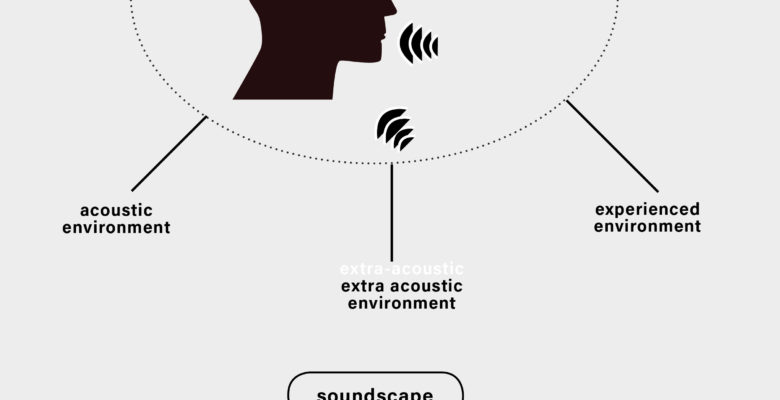Urban areas are often times subject to elevated levels of noise pollution. Urban noise levels exceeding 55 decibels (dB) can result in negative public health outcomes through chronic/long-term exposure. The design of urban open spaces and parks has been shown to help decrease noise pollution. What remains unclear is to what extent parks attenuate noise pollution and what design factors best lower noise levels. This research compares measurements of sampled noise in four urban parks in New York City: Paley Park, Bryant Park, Washington Square Park, and Brooklyn Bridge Park Pier 3-4 Uplands. Auditory conditions were measured using a combination of advanced digital measuring devices and then displayed using 2D and 3D information visualization techniques. Results show that different design strategies account for a 22 dB reduction of sound, on average. Moreover, the sound is reduced around 1dB per every 5 foot of linear space within the interior of urban parks. Findings from this research imply that the sound measurements should be included in the inventory and analysis phase of the design process. Strategies are suggested to be employed into future designs to best integrate sound into future design concepts and schemes.
This article originally appeared in Vol 11.02 of the Perkins&Will Research Journal. CLICK HERE to see the whole article.

